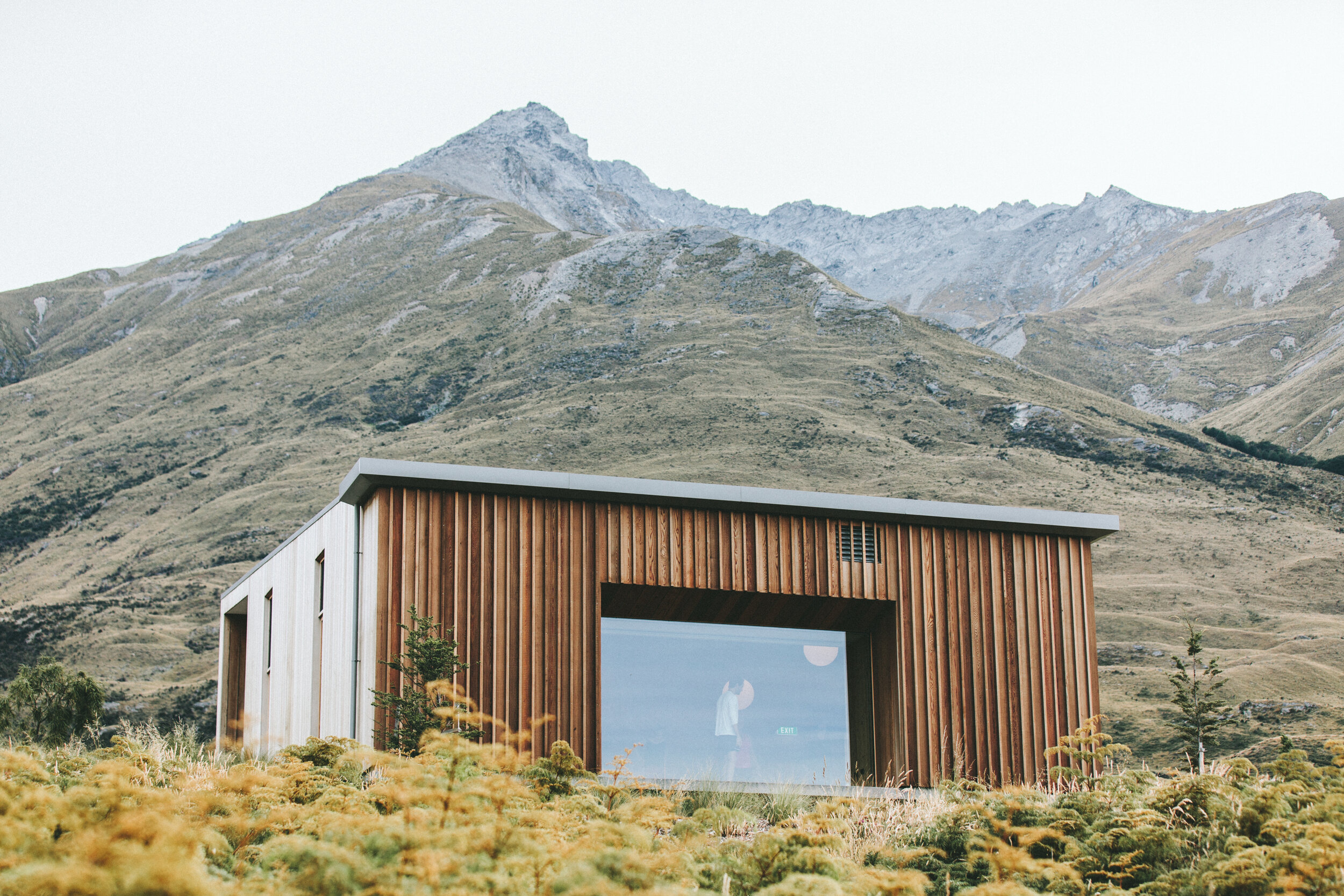De cluttering Your Child's Environment
A Key to Better Learning and Development

In our fast-paced, technology-driven world, it's easy to fall into the trap of thinking that more is always better when it comes to our children's toys and learning environments. However, recent research and long-standing educational philosophies suggest that less might actually be more, especially for young children. This blog post delves into the importance of reducing visual and auditory clutter in your child's surroundings and offer practical tips for creating an environment that fosters learning, creativity, and development.
Decluttering Your Child's Environment: A Key to Better Learning and Development
In our fast-paced, technology-driven world, it's easy to fall into the trap of thinking that more is always better when it comes to our children's toys and learning environments. However, recent research and long-standing educational philosophies suggest that less might actually be more, especially for young children. This blog post delves into the importance of reducing visual and auditory clutter in your child's surroundings and offer practical tips for creating an environment that fosters learning, creativity, and development.
Continue Reading
The Myth of Flashy Toys
Walk into any toy store, and you'll be bombarded with a variety of toys with lights, sounds, and colors. Manufacturers often market these high-tech, multi-sensory toys as “educational tools” that will give your child a head start. But here's a surprising truth: children under three often prefer simple materials found in their everyday environment.
While a flashy electronic toy might capture a child's attention momentarily, but then your child gets tired of them. However, it's the simple, open-ended items that tend to engage children for extended periods. This sustained engagement is crucial for developing focus, creativity, and problem-solving skills.
The Power of Everyday Objects
Consider this scenario: You give your toddler a sponge, a washcloth, and a small tub of soapy water to clean a table. What might seem like a mundane chore to an adult becomes an exciting adventure for a young child. This simple activity offers:
1. A rich sensory experience (feeling the water, seeing bubbles, smelling soap)
2. Opportunities to develop fine and gross motor skills as well as eye-hand coordination
3. A chance to imitate adult behaviors, which is a crucial part of early learning
4. A sense of accomplishment and independence
Similarly, providing a child with a dustpan and brush or a small carpet sweeper can lead to joyful, engaging play that not only mimics real-life activities but teaches the child how to care for their living space.
The Benefits of a Decluttered Environment
Reducing visual and auditory clutter in your child's environment offers numerous benefits:
1. Improved focus: With fewer distractions, children can concentrate better on the task at hand.
2. Enhanced creativity: Simple objects often have multiple uses, encouraging imaginative play.
3. Reduced stress: A calm environment helps children feel more relaxed and receptive to learning.
4. Better sleep: Less stimulating toys and surroundings can lead to improved sleep patterns.
5. Increased independence and creativity: In a simplified environment, children can more easily find and use materials on their own.
Tips for Decluttering Your Child's Space
Rotate toys: Instead of having all toys available at once, rotate them regularly. This keeps play fresh and reduces overwhelm.
Use closed storage: Store unused toys in opaque containers or behind cabinet doors to reduce visual clutter.
Choose quality over quantity: Invest in a few well-made, versatile toys rather than many cheap, single-purpose items.
Incorporate natural materials: Items like wooden blocks, fabric scraps, or smooth stones offer rich sensory experiences.
Create a designated play area: If possible, set aside a specific area for play that's separate from sleeping or eating spaces.
Limit background noise: Turn off the TV or radio when not actively listening to reduce auditory clutter.
Choosing Age-Appropriate Activities and Toys
When selecting activities and toys for young children, keep these principles in mind:
1. Opt for simplicity: The simpler the toy or puzzle, the more effectively it can teach a concept.
2. Focus on one concept at a time: Young children learn best when concentrating on a single idea, such as shapes, colors, or numbers, without mixing them all together.
3. Choose age-appropriate activities: Two-year-olds learn concepts through manipulation and exploration, not rote learning of letters and numbers such as counting three apples or four cups etc.
4. Encourage sensory experiences: Provide opportunities for finger painting, block painting, water play, and tactile activities like playdough.
5. Use real-life images: When introducing concepts, use books or cards with realistic pictures rather than cartoons or stylized images.
6. Avoid premature academic pressure: Resist the urge to push formal learning of letters and numbers before age three.
The Importance of Real-World Experiences
While toys and structured activities have their place, don't underestimate the value of real-world experiences. Taking your child to the park, involving them in simple cooking tasks, or letting them help with gardening can provide rich learning opportunities that no toy can match.
These hands-on experiences engage multiple senses simultaneously, creating deeper neural connections and more meaningful learning moments. When a child helps to bake cookies, they're not just learning about measurements and following instructions – they're developing fine motor skills, understanding cause and effect, engaging their senses, and experiencing the satisfaction of creating something from scratch. A simple walk through the neighborhood can also become an impromptu science lesson as children observe changing seasons, discover insects, or learn about different types of trees or weather.
Real-world experiences also help children develop crucial social skills and emotional intelligence. Whether it's interacting with others at the grocery store, learning to wait their turn at the playground, or understanding how to handle disappointment when a planted seed doesn't grow, these natural situations provide authentic contexts for emotional growth and social development. Unlike the controlled environment of structured play, real-world experiences present children with unexpected challenges and opportunities for problem-solving that build resilience and adaptability – skills that will serve them well throughout their lives.
A Word on Technology while technology can be a valuable tool when used appropriately, it's important to limit screen time for young children. The American Academy of Pediatrics recommends avoiding screen media other than video chatting for children younger than 18 months and limiting screen use with time limits to high-quality programming for children 18 to 24 months old. Although, I would recommend avoiding screen time completely with such young children.
Conclusion
Creating a de-cluttered, calm environment for your child doesn't mean eliminating all toys or living in a sterile space. It's about being mindful of the stimuli in your child's surroundings and making intentional choices about what you introduce. By simplifying your child's environment, you're not depriving them – you're giving them the gift of focus, creativity, and the joy of discovery. Remember, in the world of child development, less often truly is more.
Make it stand out.
-

Dream it.
It all begins with an idea. Maybe you want to launch a business. Maybe you want to turn a hobby into something more. Or maybe you have a creative project to share with the world. Whatever it is, the way you tell your story online can make all the difference.
-

Build it.
It all begins with an idea. Maybe you want to launch a business. Maybe you want to turn a hobby into something more. Or maybe you have a creative project to share with the world. Whatever it is, the way you tell your story online can make all the difference.
-

Grow it.
It all begins with an idea. Maybe you want to launch a business. Maybe you want to turn a hobby into something more. Or maybe you have a creative project to share with the world. Whatever it is, the way you tell your story online can make all the difference.


